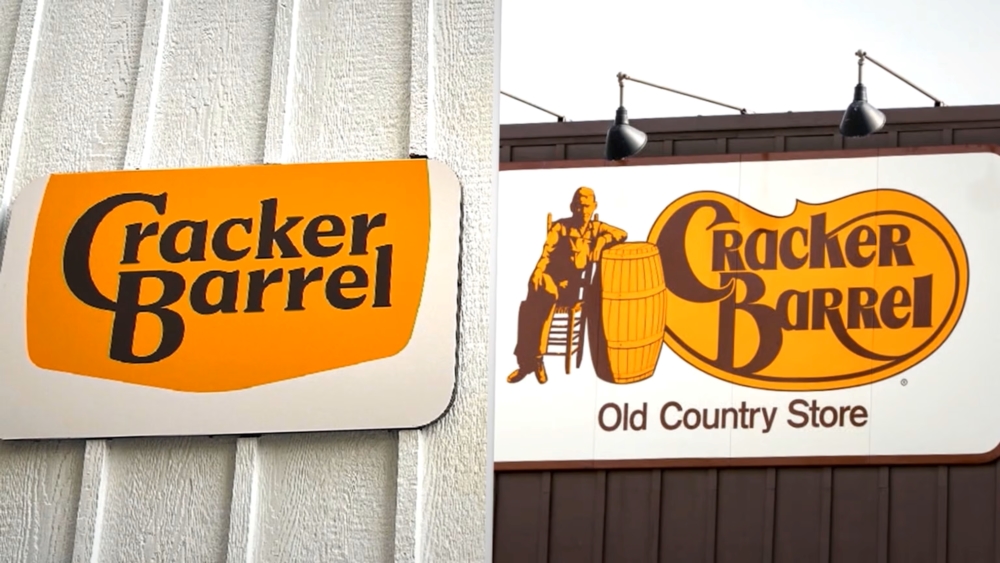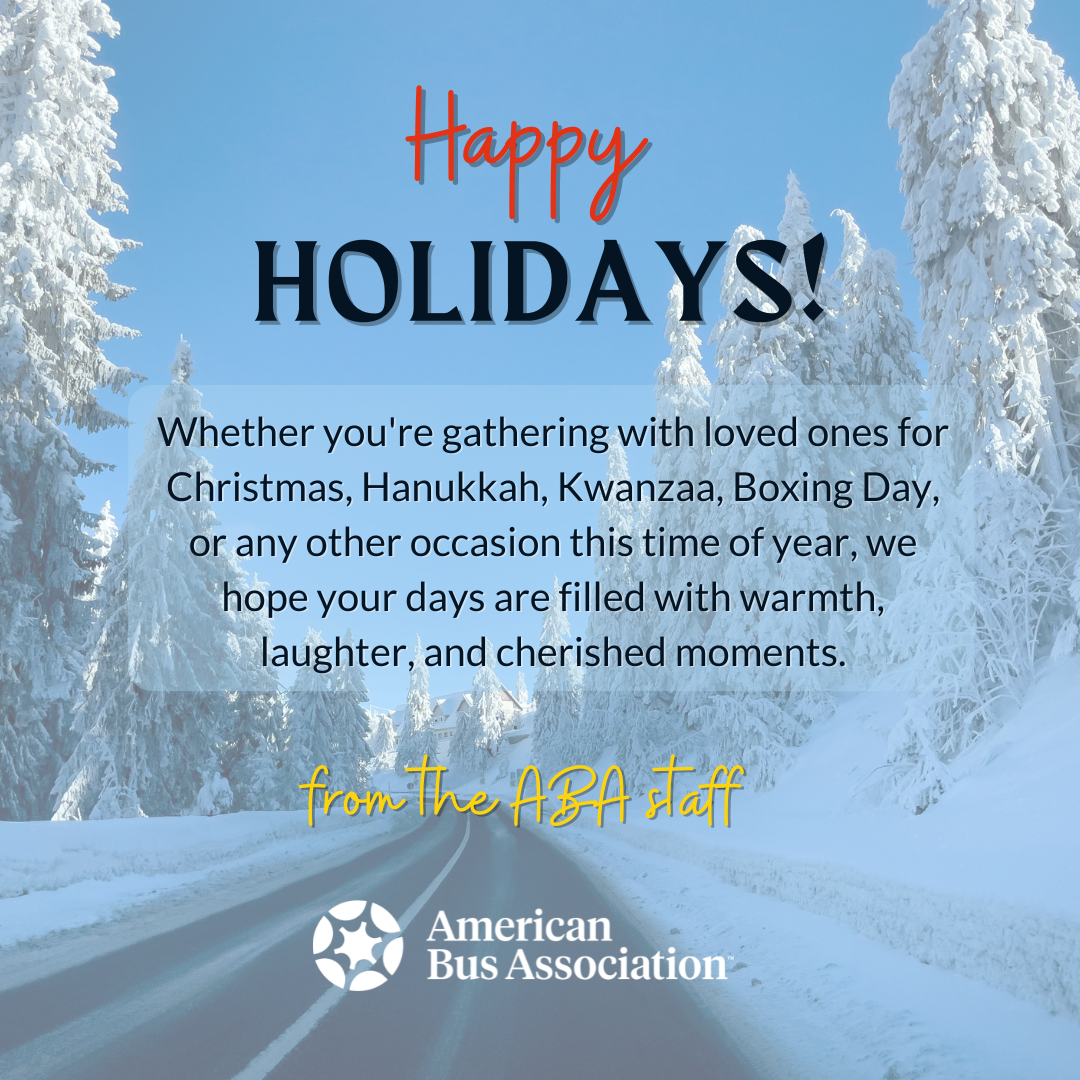
Cracker Barrel’s latest remodels and rebranding might look like progress, but to me, they’re proof that surface changes can’t fix cultural cracks.
[Editor’s note: after this column was published, Cracker Barrel said it will be going back to its old logo, amid a public backlash to the restaurant and country store’s recent logo change and redesign.]
Personal Roots in Brunswick, Georgia
Cracker Barrel holds some special memories for me. Growing up in the Low Country of South Carolina and later living in Central Florida, my family made numerous trips home. The halfway point was Brunswick, Georgia, and more often than not, we stopped at the Cracker Barrel there.
When our kids were little, they loved the gift shop, and we loved the down-home ambiance, hearty food, and warm hospitality. Something about that Brunswick location felt authentic—like meals from my grandmother’s kitchen. It became a place of memories: a stop on the way to our wedding, toddler quotes in the parking lot we still laugh about, and a reliable marker on long drives north.
Back then, Cracker Barrel restaurants were few and far between along I-95, which made the experience even more meaningful. Scarcity created value, and authenticity created trust.
Growth at the Expense of Authenticity
When Cracker Barrel opened closer to home in Altamonte Springs, we were excited. However, the experience never lived up to what we’d found in Brunswick. It felt less authentic—technically Southern, but missing the soul. And over time, even the Brunswick location lost its magic.
The company’s rapid expansion in the late 90s and 2000s created scale but eroded consistency. From ~300 stores in the late 90s to 600 by 2011, the footprint nearly doubled. Yet the financial return didn’t match the pace. (Zippia.com) Between 1997 and 2011, Cracker Barrel’s stock grew only 52%—modest growth over 14 years, especially given the expansion. (Cracker Barrel Investor Relations: Historic Stock Lookup).
Momentum picked up later, with the stock climbing more than 230% between 2011 and 2016, peaking just under $167 per share. Even during the COVID-19 pandemic, it held a value above $130. But the gains didn’t last. By the end of 2024, shares had fallen to around $77, a 54% drop from their peak. Today, the stock is trading below $60—a clear signal that the issues run deeper than store design. (Cracker Barrel Investor Relations: Historic Stock Lookup).
Customer sentiment mirrors the numbers. The company’s average Yelp rating hovers around 2.9, with many locations struggling to break above 3.0. The Brunswick, GA, and Altamonte Springs, FL stores both have a rating of 3.2. Reviews mention friendly service at times, but far too often cite slow delivery and inconsistent food. At the end of the day, those, along with cleanliness, aren’t “nice-to-haves” — they’re the basics every restaurant must deliver.
Surface remodels and a new logo can’t fix problems that are cultural and operational at the core.

Lessons for Transportation Leaders
Cracker Barrel’s story isn’t just about restaurants. It’s a cautionary tale for any service business, including ground transportation.
- Don’t alienate your core. Customers don’t just buy a product; they buy an experience and an emotional connection. Authenticity builds trust, and when it’s lost, no amount of rebranding can win it back.
- Scale requires consistency. Expanding too quickly exposes weaknesses in the operating model. If service standards and culture aren’t rock solid, growth magnifies the cracks.
- Culture can’t be outsourced. Growth without culture is like expansion without roots. It may look impressive, but it won’t last through the first storm.
- Operations must match the promise. Customers expect reliability, quality, and care. When those fail, reputation fades fast.
In our industry, the parallels are striking. Operators sometimes take on new contracts or expand services without the infrastructure to sustain them. Recruiting, training, and retaining drivers, mechanics, and support staff often become an afterthought when in reality, they are the foundation.
The temptation to launch quickly often leads companies to piece together short-term fleets—borrowing, leasing, or assembling vehicles without regard to long-term consistency. That may get buses on the road, but it creates an uneven experience for customers. Different seating, inconsistent maintenance, and varying amenities all erode the sense of reliability.
The truth is, customers don’t evaluate your company on your intentions or even your brand updates. They judge you on whether their ride is safe, on time, clean, and comfortable. Just like Cracker Barrel’s guests, they’ll overlook an outdated sign if the service is genuine and the product delivers. But if the food—or the ride—falls short, they won’t come back, no matter how polished the logo looks.
Authenticity, consistency, and execution are what create trust. And trust, once lost, is hard to regain.
A Final Reflection
I’d love nothing more than to walk back into that Brunswick Cracker Barrel and feel the same warmth again. But nostalgia can’t substitute for operational excellence. And in our own businesses, neither can branding exist without substance.
The real test of leadership isn’t in the logo on the door—it’s in the consistency of the experience when people step inside. That’s where lasting trust is earned.

Brian Dickson is the owner of Bus Business Consultants and author of Ground Transportation Insights on Substack. Drawing on leadership roles in motorcoach operations and Disney’s Guest Transportation, he helps operators improve performance, culture, and growth—Bus Business Consultants: Driving Performance, Culture, & Growth in Ground Transportation.
This article was originally published on August 27, 2025 at Ground Transportation Insights.
Read more from Brian Dickson
- The Details That Drive Us
- What Southwest Airlines Can Teach Ground Transportation Leaders
- When Strategy Becomes the Engine
- The Eye Doctor Who Looked Deeper
- Dirt Turns to Gold. So Can Steel.
The views expressed are those of the author alone and do not necessarily reflect the position of the American Bus Association.
